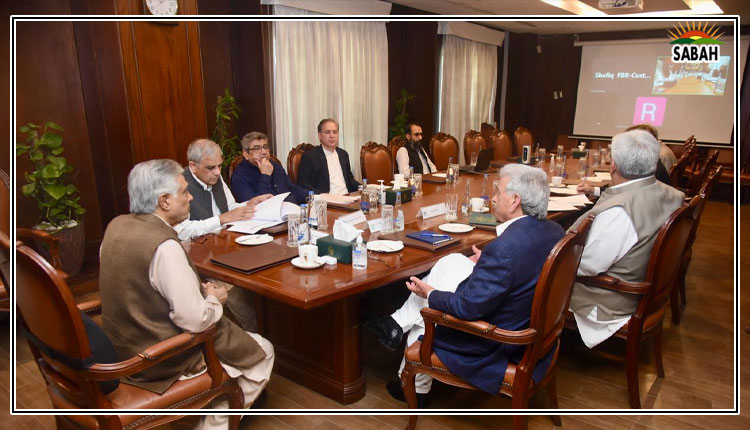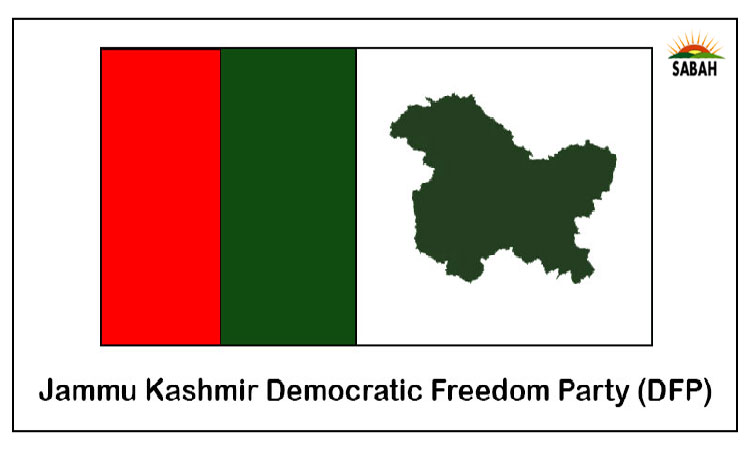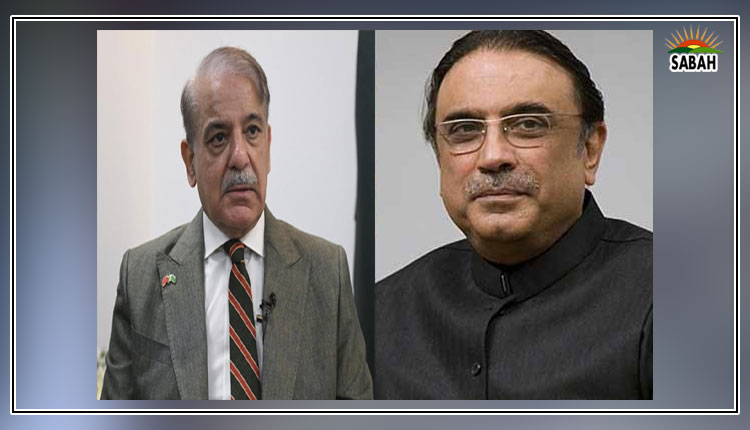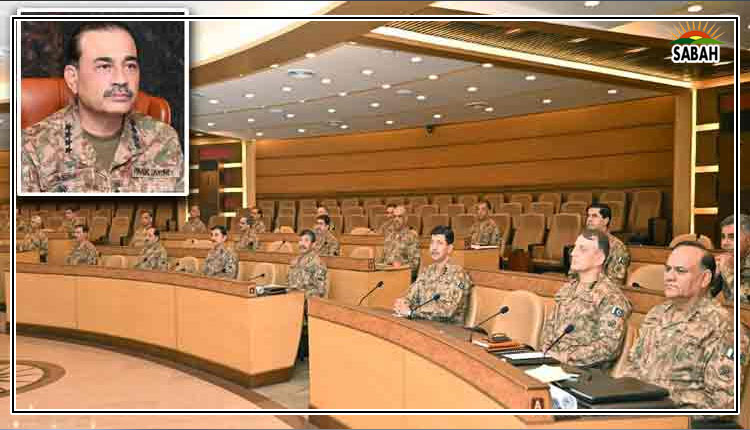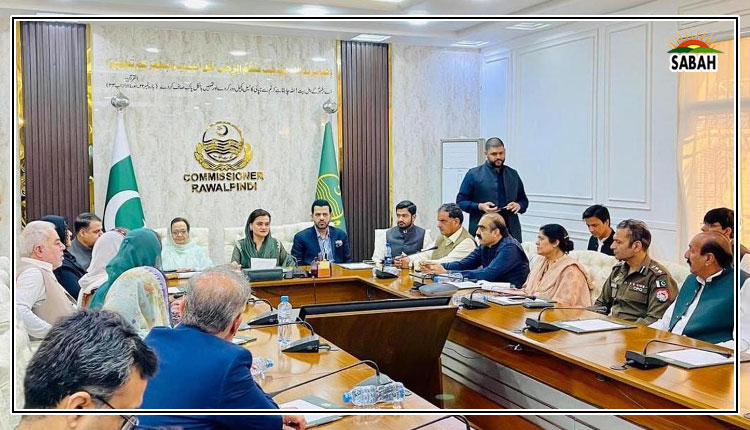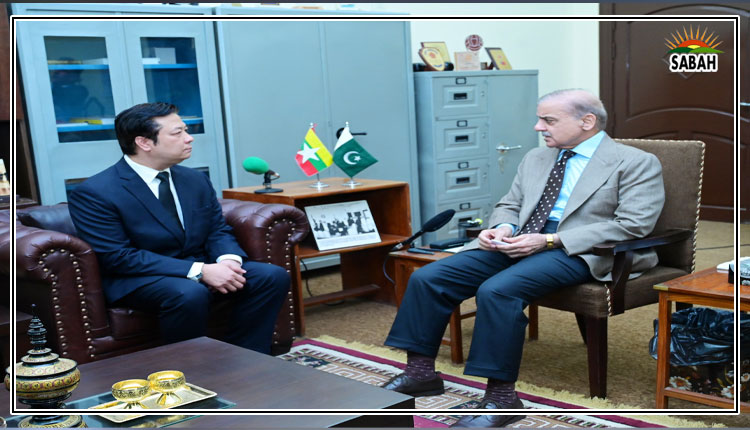What makes a Pi champion?…Sarmad Khawaja
Hafsa Khan a Grade 9 student at Zoya Science School, Nala Khudadad is our national Pi champion. Her record is reciting Pi correctly from memory to 800 digits in less than four minutes.
This is no small achievement given the double bind she faces in her basti (slums) in a remote corner of southern Punjab: facing off those who wish to put girls back several centuries and proving her competence amid poverty and subjugation.
How did Hafsa Khan make it?
Her achievement has several moving parts but they align perfectly: nearby is one of several free Zoya Science schools serving girls in remote areas a school programme promoting math and science, and a prodigious memory.
Hafsa Khans remarkable gift came to light last year on Pi Day. She is a star or is she? Odd as this question is, I fairly often encounter rote-learning scolds claiming that Pi competitions have scant bearing in education. Critical thinking, they say, and not memory jogging is educations functional foundation.
Their claim is completely wrong. First, it ignores the end purpose of Pi competitions, which is not memorization. It is to engage children with math, teach them Pi, which is a celebrity in the galaxy of famous numbers such as Phi, i, e. Second, they overlook the irrepressible urge to test our limits, which, for instance, also makes us run the marathon in less than two hours, and calculate Pi to 100 trillion digits, though 40 digits suffice for a precise estimate of the Milky Ways circumference. Yet, Google spent 157 days of computer time to set this current Pi record.
Aside from refuting rote-learning scolds, my point is to draw attention to good practices that make a Pi champion. Specifically, to the teaching effort of Zoya Science schools. It centers on math, and rightly so, because math is a mighty weapon to master the sciences but way harder to teach, which is why good practices in math teaching deserve attention.
Teaching math is hard because math is all about abstraction, about stripping ideas of detail purging those parts we comprehend with our senses, and reducing them to numbers, which we cant easily comprehend; about manipulating these numbers, seeking patterns and teasing out the underlying structures. Take, for instance, zero, the ultimate abstraction. After counting began in the ancient world, it took several millennia to appear first in our region, thanks to our predecessors familiarity with the idea through their worship of nishkala Shiva or supreme nothing. Neither the ancient Babylonians, who invented place values, nor Greeks, nor Mayans, nor Chinese could conjure zero.
The proper way to teach math then is by taking children into the realm of abstraction starting with the concrete reality where it arose. Well-researched posters of Zoya Science schools take children through history in reverse of how fundamental math ideas such as measuring the Earths circumference, Pythagoras Theorem, triangles, circles came about, how their past shapes present, and the east flows into the west. The booklet Earths Circumference connects these ideas, showing how it was measured by ancient Greeks, Indians, Arabs and Al Beruni near Pind Dadan Khan. Poems and songs, in the childrens mother tongue, Seraiki, make it easier and fun to learn and remember all this. Next, a poster Math and Beauty will show how math captures and numerates beauty and illuminates painting and architecture.
Consider also how these schools celebrate Pi Day and engage children with math: a poster What is Pi? explains how it was measured in various civilizations; a three-part video How Archimedes Measured Pi illustrates the mathematical rigor required for its correct measurement; a poster The Story of Numbers shows how numbers evolved, perfected and spread across the world.
There is more: a sung-through musical video Nawan Sij (New Sun) takes music from around the world to bring together the schools mnemonic achievements: lyrics in Seraiki are by the teacher Nawab Muztar, and images are from famous painters. The musicals protagonist is a girl who wishes to know how big the earth is. The musical addresses social issues, for instance, the first song on rural womens domination is inspired by Maya Angelous poem Womens Work; others are on Aryabhata, Al Beruni, Heliocentrism, Pythagoras, etc. The finale, Mission Accomplished, is a victorious chorus set to the music of Ode to Joy.
Such then is the effort that makes a Pi champion.
The childrens visceral response is evidence of their appetite for math. But, sadly, children in few other schools hear Ode to Joy, or see paintings of Picasso, Frida Kahlo, Diego Garcia, Sadequain, Munch, while learning math. Fewer still engage in dialogue with ancient civilizations or learn that modern numbers, which the French mathematician Simon Laplace calls one of the great inventions of mankind, were born at the junction of the Silk Road and the great ancient learning center at Taxila 1,500 years ago, and learn that our region was not always a math wilderness, that is, until Shaikh Ahmed Sirhindi and his ilk branded mathematics as useless in our salvation, and turned us into avatars of religious orthodoxy and ignorance.
My guess is no other school in Pakistan celebrates Pi Day either. They would if it is required by the national curriculum. But will the National Curriculum Council seize these good practices, lean into these new ideas, demolish old rote ways, remake the curriculum, celebrate Pi Day, and make Pi champions? Or will Pi Day on March 14 again pass by unobserved in our schools?
Courtesy The News



